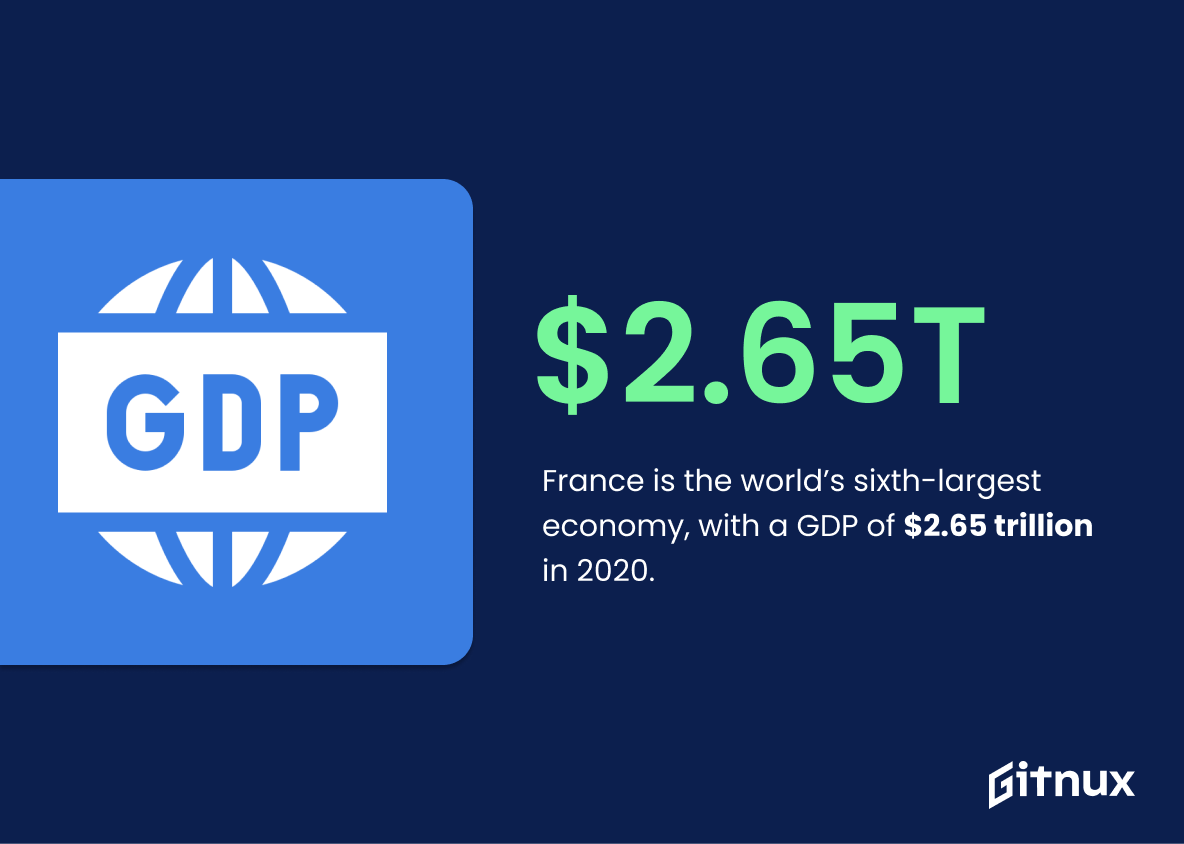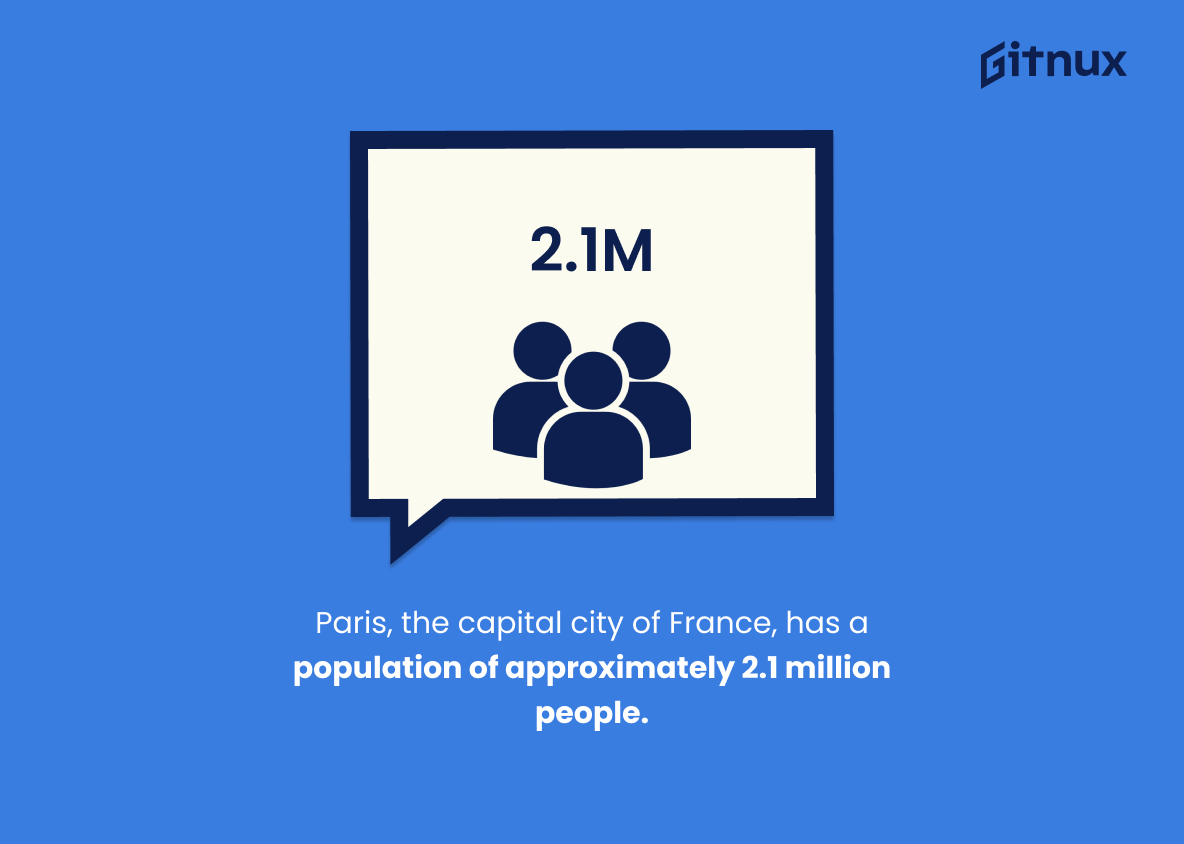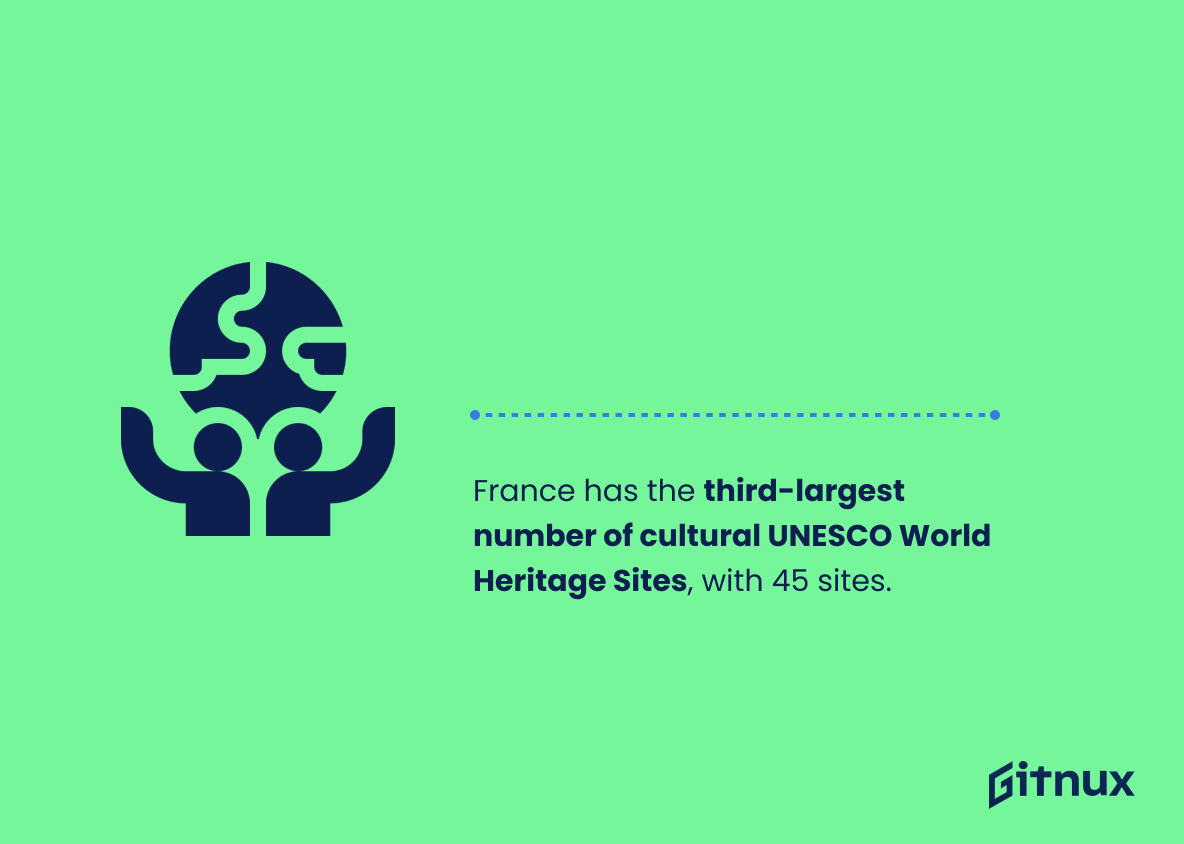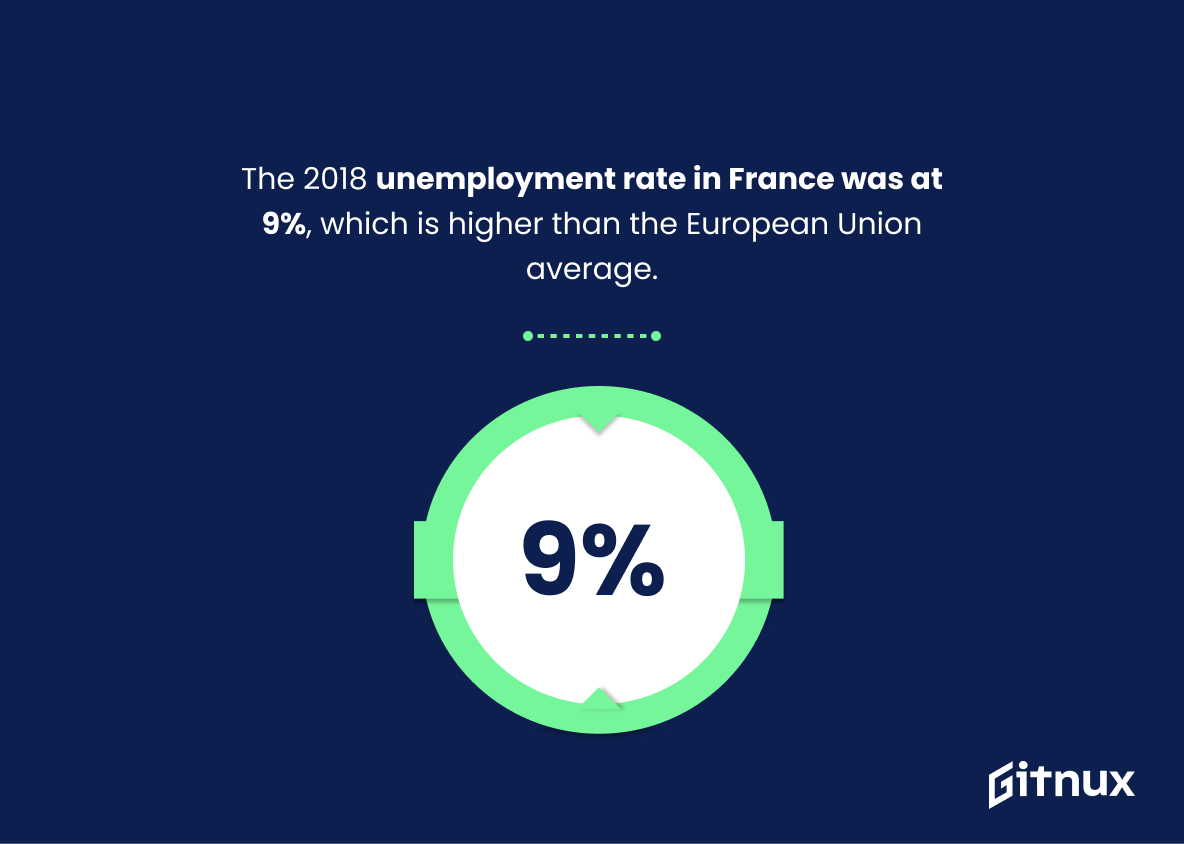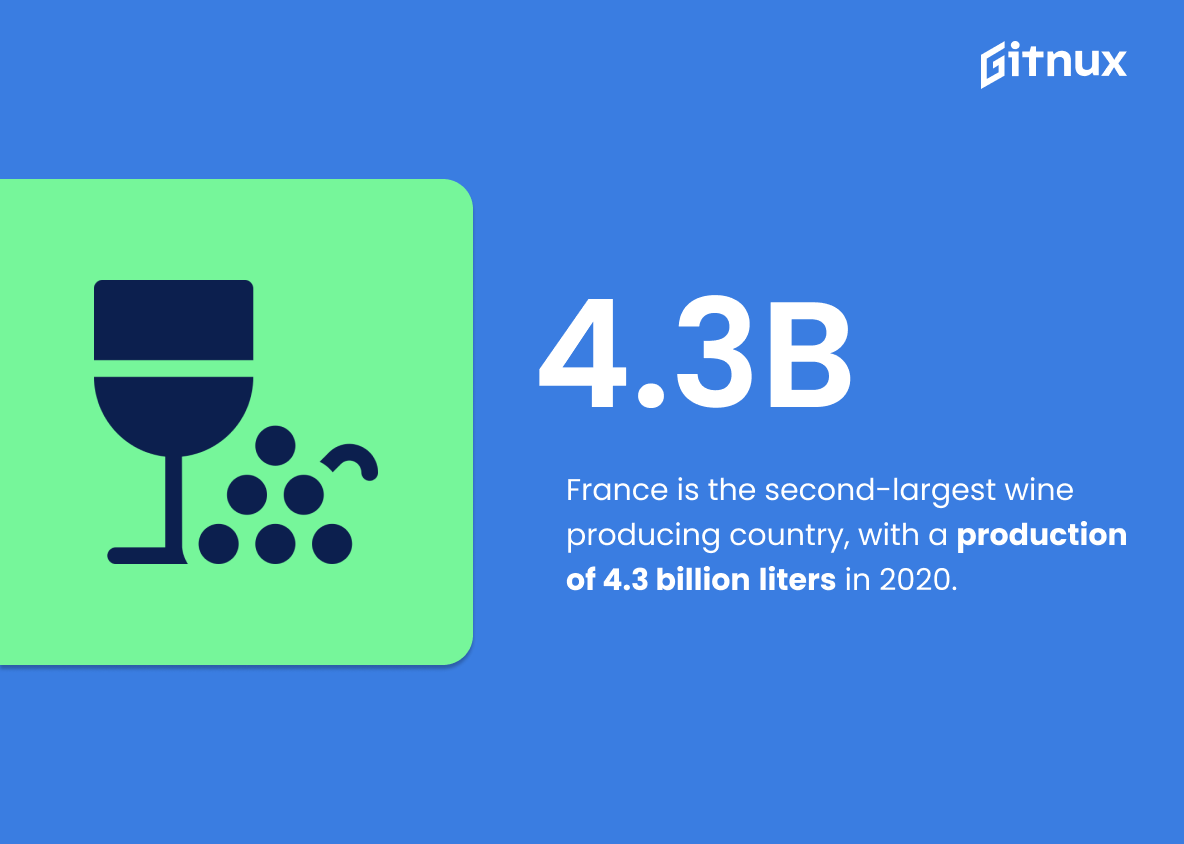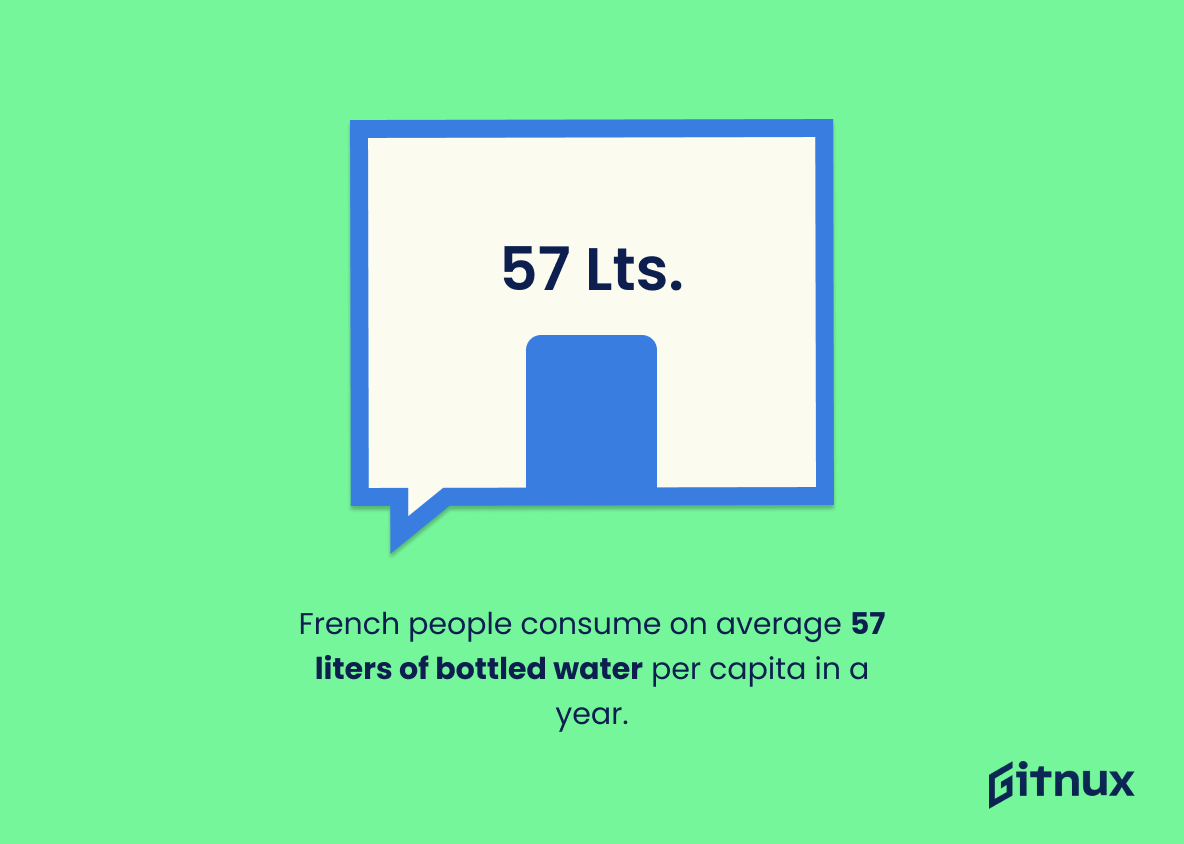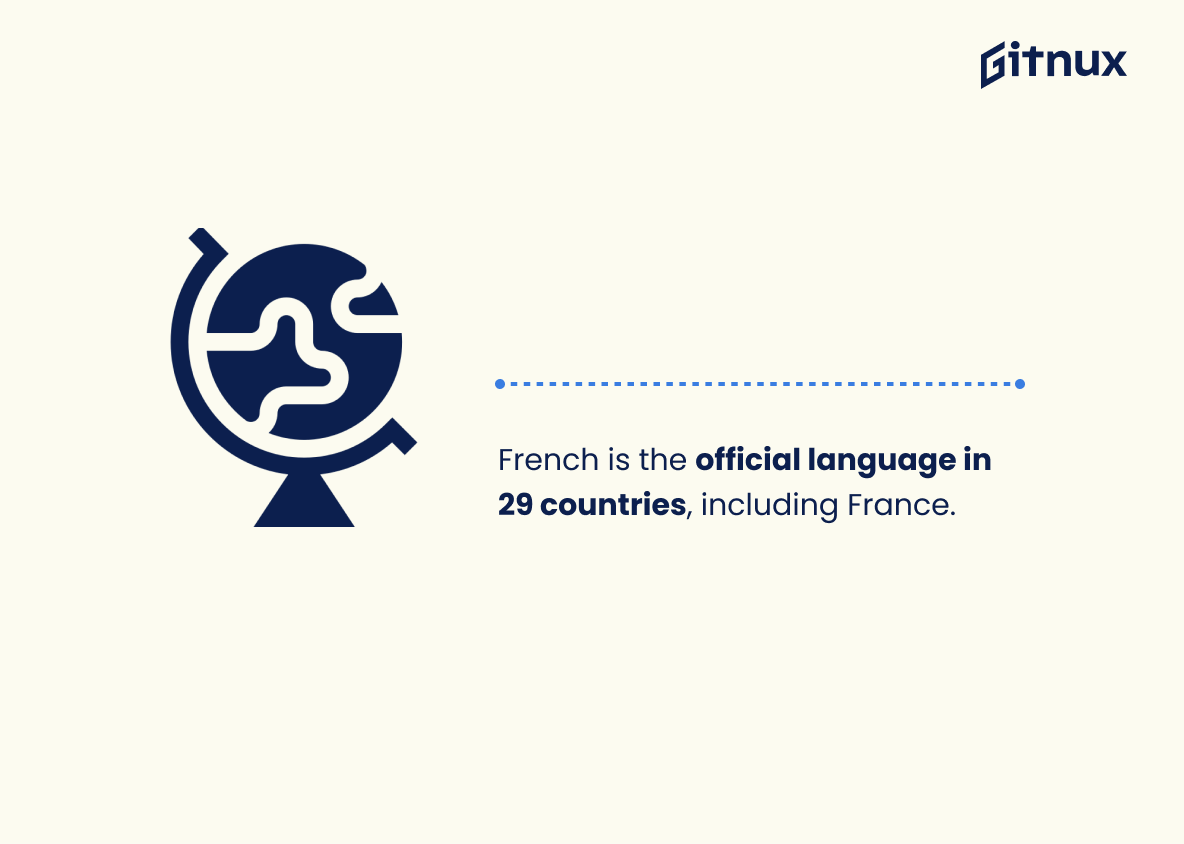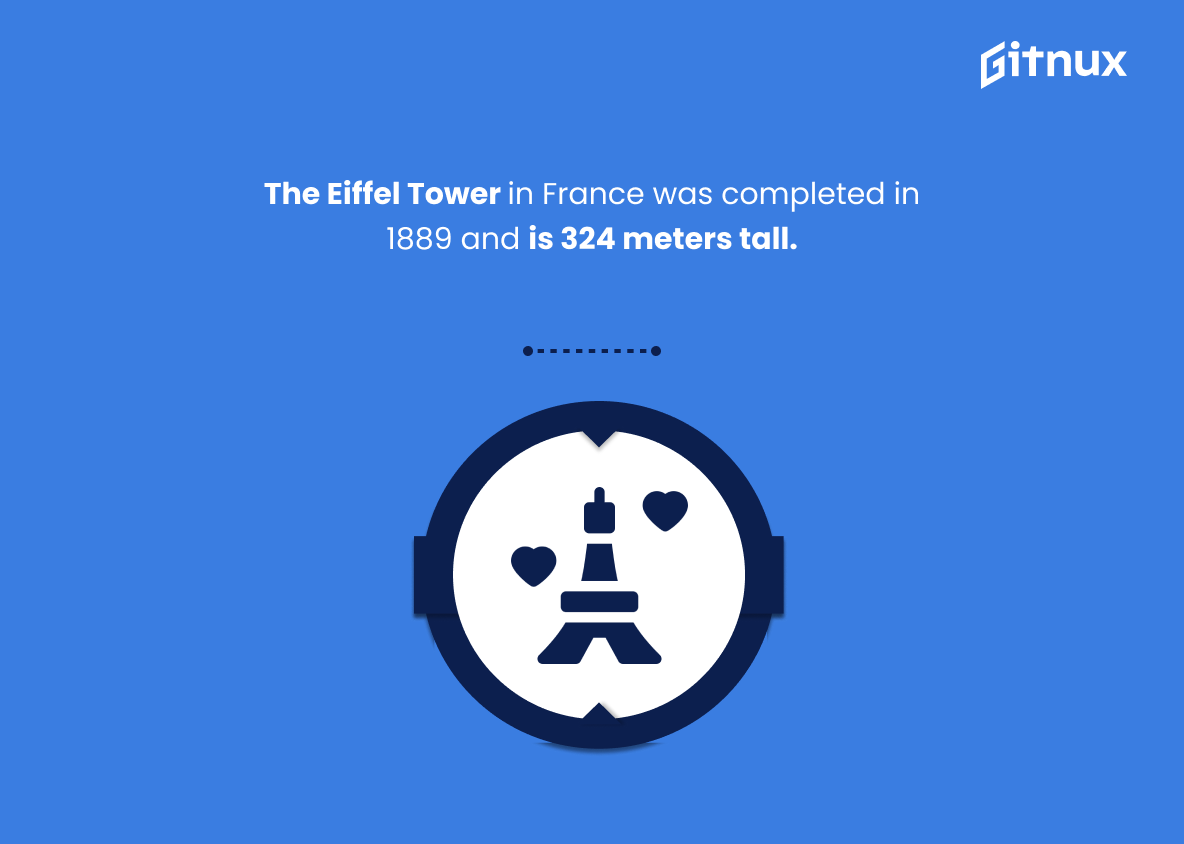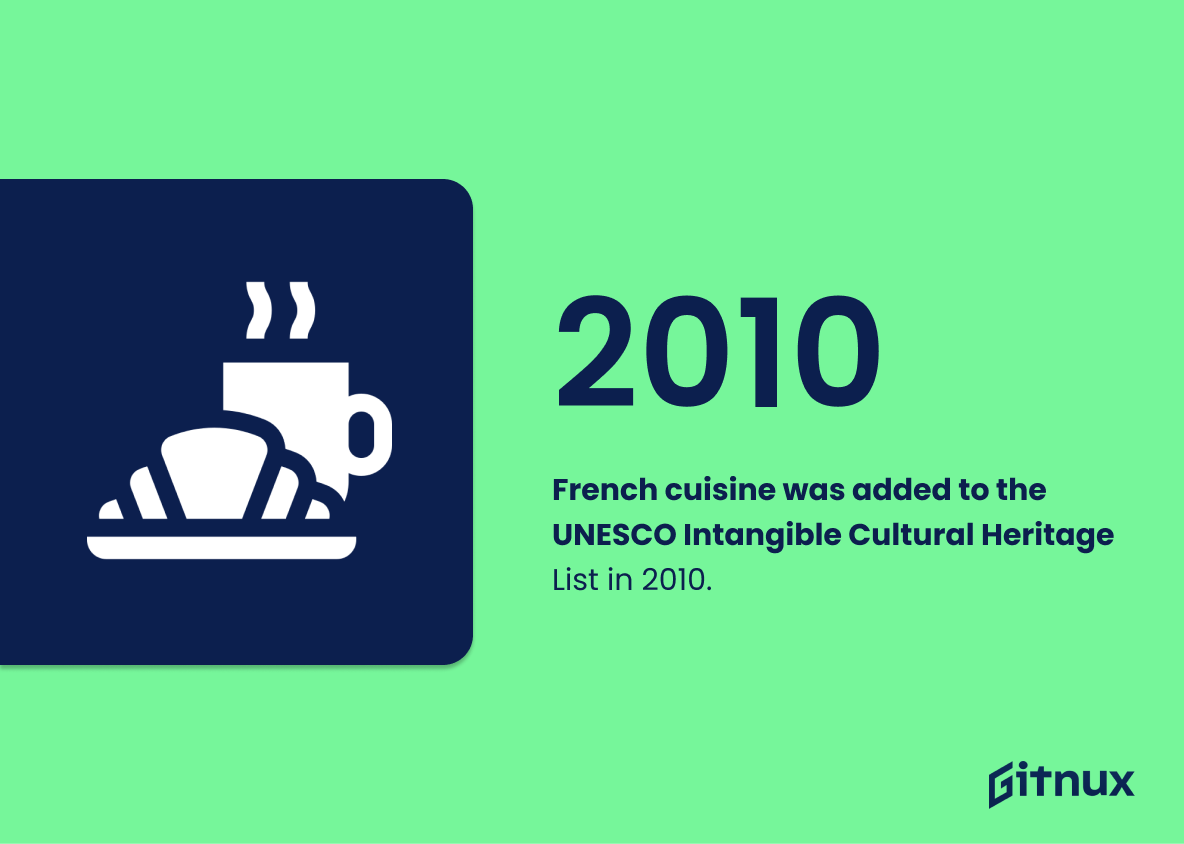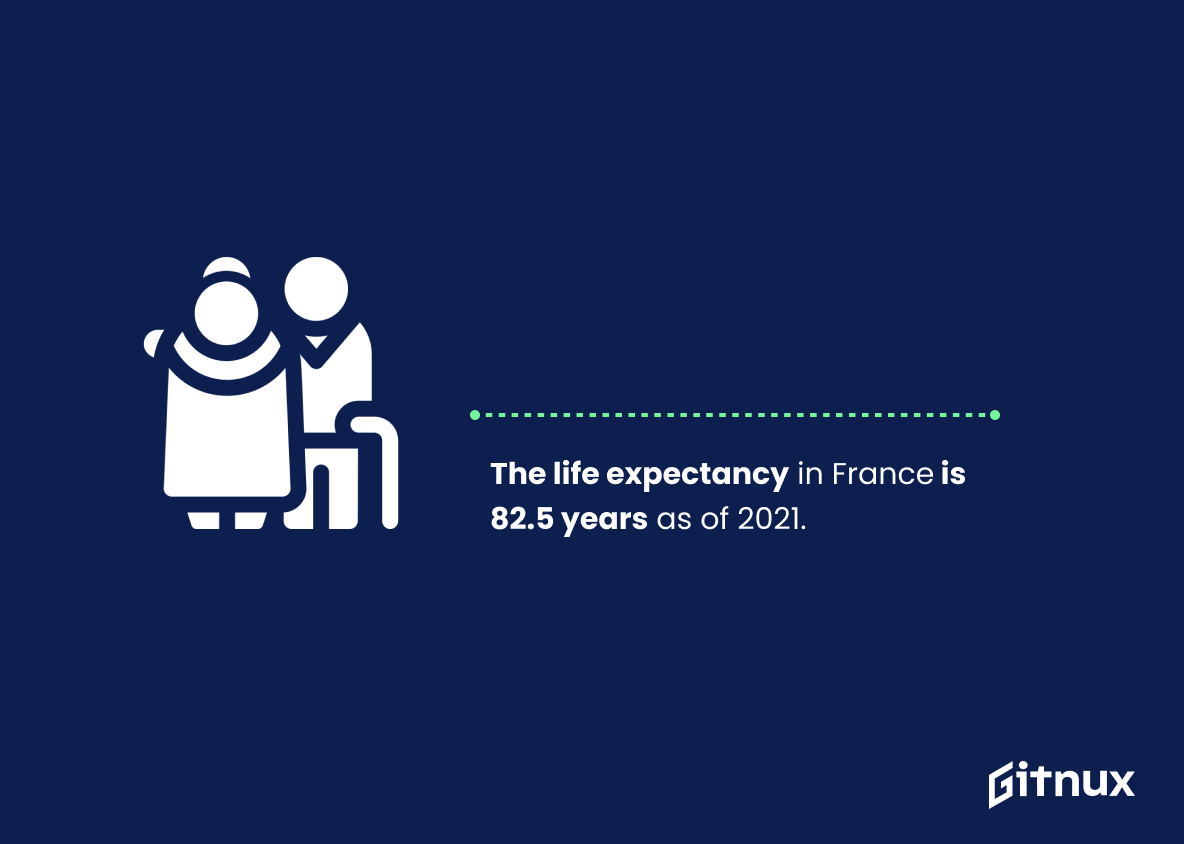France is a country with an impressive history and culture, as well as many fascinating statistics. From its size to the number of tourists it receives each year, France has much to offer in terms of both natural beauty and economic power. This blog post will explore 20 interesting facts about France that highlight some key aspects of this amazing nation. We’ll look at everything from its population size to the amount spent on education, plus other fun facts like how many UNESCO World Heritage Sites there are or which French city boasts the most Michelin-starred restaurants. So let’s dive into these incredible stats about one of Europe’s most beloved countries – France.
This statistic is a testament to the sheer size of France, highlighting its impressive expanse within the European Union. It serves as a reminder of the country’s grandeur and its importance in the region.
France ranks as the world’s most visited country, receiving over 89 million tourists in 2019.
This statistic is a testament to the undeniable appeal of France as a tourist destination. It speaks to the country’s rich culture, stunning landscapes, and vibrant cities that draw in millions of visitors each year. It also highlights the importance of tourism to the French economy, as it is a major source of income for the country.
France Statistics Overview
France is the world’s sixth-largest economy, with a GDP of $2.65 trillion in 2020.
This statistic is a testament to France’s economic might, highlighting its place as one of the world’s leading economies. It speaks to the country’s impressive economic growth and stability, and its ability to remain competitive in a global market. This is an important point to consider when discussing France’s overall economic health and its potential for future growth.
Paris, the capital city of France, has a population of approximately 2.1 million people.
This statistic is a key indicator of the size and scope of France’s largest city. It provides insight into the population density of the city, the number of people living in the city, and the potential economic and cultural impact of the city on the country as a whole. As such, it is an important statistic to consider when discussing the overall state of France and its people.
France has the third-largest number of cultural UNESCO World Heritage Sites, with 45 sites.
This statistic is a testament to the rich cultural heritage of France. It speaks to the country’s long and varied history, and the many contributions it has made to the world. It is a reminder of the importance of preserving and celebrating the cultural heritage of all nations.
France is the fourth-most populous country in Europe, with a population of 67 million people.
This statistic is a testament to the sheer size of France’s population, highlighting the country’s importance in the European landscape. It serves as a reminder that France is a major player in the region, with a population that is only surpassed by Germany, the United Kingdom, and Russia.
The 2018 unemployment rate in France was at 9%, which is higher than the European Union average.
This statistic is a telling indication of the economic state of France, as it is higher than the European Union average. It is a reflection of the current job market in France, and can be used to gauge the overall economic health of the country. This information is important to consider when discussing France’s statistics, as it provides insight into the country’s economic standing.
France is the second-largest wine producing country, with a production of 4.3 billion liters in 2020.
This statistic is a testament to France’s long-standing tradition of winemaking, which has been a part of the country’s culture for centuries. It also speaks to the country’s commitment to producing high-quality wines, as France is renowned for its winemaking expertise. Furthermore, it highlights the economic importance of the wine industry in France, as it contributes significantly to the country’s GDP.
French people consume on average 57 liters of bottled water per capita in a year.
This statistic is indicative of the fact that the French take their hydration seriously. It speaks to the importance of water in the French lifestyle, and how it is a part of their daily routine. It also shows that the French are conscious of the need to stay hydrated, and are willing to invest in bottled water to ensure they are getting the best quality.
French is the official language in 29 countries, including France.
This statistic serves as a reminder of the far-reaching influence of the French language. It highlights the fact that French is not only spoken in France, but is also the official language of many other countries around the world. This speaks to the cultural and linguistic legacy of France, and its importance in the global community.
France has the highest number of Nobel Prize in Literature winners, with 15 laureates.
This statistic is a testament to France’s long-standing commitment to the arts and literature. It speaks to the country’s rich cultural heritage and its dedication to the pursuit of excellence in the literary arts. It is a source of pride for the French people and a reminder of the country’s impressive legacy in the world of literature.
The Eiffel Tower in France was completed in 1889 and is 324 meters tall.
This statistic is a testament to the grandeur of France, showcasing the country’s impressive architectural feats. The Eiffel Tower stands tall as a symbol of French culture and history, and its completion in 1889 is a reminder of the nation’s long-standing legacy.
French cuisine was added to the UNESCO Intangible Cultural Heritage List in 2010.
This statistic is a testament to the cultural significance of French cuisine, highlighting its importance to the French people and its place in the world. It is a reminder of the rich culinary history of France and the unique flavors and techniques that have been passed down through generations. This statistic is a reminder of the pride that the French take in their cuisine and the recognition it has received from the international community. It is a source of national pride and a reminder of the importance of preserving and celebrating the culinary heritage of France.
The education expenditure in France is 5.41% of GDP as of 2019.
This statistic is indicative of the importance France places on education. It shows that the country is investing in its future by investing in its citizens’ education. This investment in education can lead to a more educated and productive workforce, which can help to drive economic growth and development. Additionally, it can help to reduce inequality and poverty, as those with higher levels of education tend to have higher incomes and better job opportunities. Ultimately, this statistic is a reflection of France’s commitment to its citizens and its future.
The life expectancy in France is 82.5 years as of 2021.
This statistic is a testament to the quality of life in France, highlighting the country’s commitment to providing its citizens with a long and healthy life. It is a reflection of the country’s dedication to providing its citizens with access to quality healthcare, education, and other resources that contribute to a longer life expectancy. This statistic is an important indicator of the overall well-being of the French population and is a key factor in understanding the country’s overall health and prosperity.
The French rail network is the second-largest in Europe, with a total of 29,640 kilometers of railway in 2019.
This statistic is a testament to the impressive infrastructure of France, showcasing the country’s commitment to providing efficient transportation for its citizens. It also speaks to the nation’s economic strength, as a large and well-maintained rail network requires significant investment. This statistic is a powerful reminder of the impressive capabilities of France and its ability to provide for its citizens.
The French cinematic industry is the second-largest in the world in terms of the number of films produced, with 300 films per year on average.
This statistic speaks volumes about the French cinematic industry and its importance in the world. It highlights the fact that France is a major player in the film industry, producing an impressive number of films each year. This is a testament to the creativity and innovation of the French people, and it is a great source of pride for the nation. Furthermore, this statistic is a great example of the cultural impact that France has had on the world, and it is a reminder of the country’s rich history and culture.
France is home to the world’s oldest recorded use of cosmetics, with archaeological evidence dating back to 18,000 BC.
This statistic serves as a testament to the long-standing history of France, highlighting its cultural significance and influence throughout the ages. It speaks to the country’s commitment to beauty and artistry, and its ability to remain relevant and innovative even in the face of changing times. This is an important reminder of the country’s rich heritage and its place in the world.
France boasts the highest number of Michelin-starred restaurants in the world, totaling 628 starred establishments in 2021.
This statistic is a testament to France’s culinary excellence, highlighting the country’s commitment to producing world-class cuisine. With 628 Michelin-starred restaurants, France is a leader in the culinary world, offering a wide variety of exquisite dishes and experiences. This statistic is a great example of the country’s dedication to gastronomy and its ability to provide an unforgettable dining experience.
Conclusion
France is an incredibly diverse and fascinating country. From its expansive size to its impressive economy, France has a lot to offer the world. It’s no wonder that it is one of the most visited countries in the world, with 89 million tourists visiting each year. With 45 UNESCO World Heritage Sites, 67 million people living within its borders, and 628 Michelin-starred restaurants scattered throughout the nation, there are plenty of reasons why so many people choose to visit or live in France every year. Whether you’re looking for culture or cuisine – or both – France offers something for everyone.
References
0. – https://www.statista.com
1. – https://www.en.wikipedia.org
2. – https://www.worldatlas.com
3. – https://www.uic.org
4. – https://www.babbel.com
5. – https://www.infoplease.com
6. – https://www.whc.unesco.org
7. – https://www.worldbank.org
8. – https://www.guide.michelin.com
9. – https://www.bbc.com
10. – https://www.worldometers.info
11. – https://www.cnc.fr
12. – https://www.investopedia.com
13. – https://www.ec.europa.eu
14. – https://www.toureiffel.paris
15. – https://www.ich.unesco.org
16. – https://www.macrotrends.net
